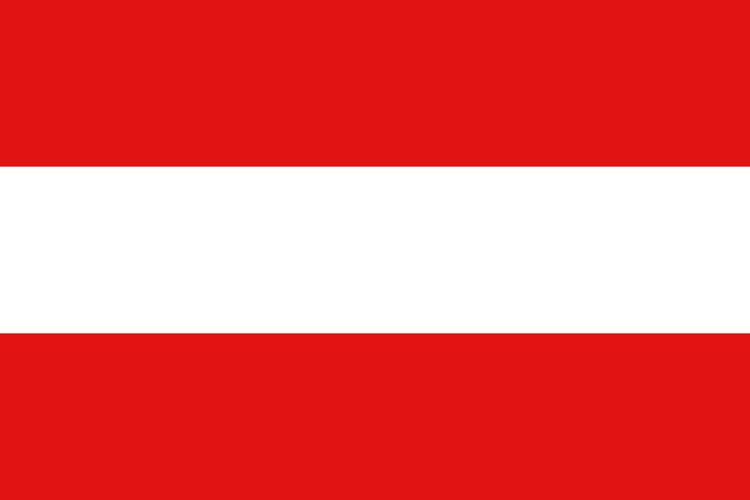Flag Coat of arms Languages Walloon Date dissolved 1794 | Capital Bouillon Government Dukedom First style of Duke 1456 | |
 | ||
The Duchy of Bouillon (French: Duché de Bouillon) was a duchy comprising Bouillon in present-day Belgium that existed from the 10th century until 1795, when it was annexed by France. It was controlled by the hereditary Duke of Bouillon.
Contents
The state originated in the 10th century as property of the Lords of Bouillon, owners of Bouillon Castle. Crusader Godfrey of Bouillon, later the first King of Jerusalem, sold Bouillon to the Prince-Bishopric of Liège, in 1095. The Prince-Bishops of Liège subsequently became lords of Bouillon and eventually adopted the title of duke. The duchy was later claimed by members of the House of La Marck. After the French annexed Bouillon, the heirs of the last reigning duke, Jacques Léopold de La Tour d'Auvergne, have continued claiming the title.
Geography
The Duchy of Bouillon was a sovereign duchy until 1795. In 1789, it had a population of 2,500. The largest town was Bouillon, situated on the Semois. It also consisted of the surrounding villages: Sugny, Corbion, Alle, Rochehaut, Ucimont, Botassart, Sensenruth, Noirefontaine,[Gros-Fays, Fays-les-Veneurs, Bertrix, Carlsbourg, Paliseul, Jehonville, Opont, Anloy, Porcheresse, Gembes, Gedinne, Sart-Custinne]], and Tellin.
Bouillon is located in a Walloon-speaking region.
History
The Duchy of Bouillon's origins are unclear. The first reference to Bouillon Castle comes in 988 and by the 11th century, Bouillon was a freehold held by the House of Ardennes, who styled themselves Lords of Bouillon. On the death of Godfrey III, Duke of Lower Lorraine in 1069, Bouillon passed to his nephew, Godfrey of Bouillon. In 1095, Godfrey of Bouillon sold Bouillon to the Prince-Bishop of Liège, Otbert of Liège in order to finance his participation in the First Crusade. Godfrey later became first ruler of the Kingdom of Jerusalem.
The Prince-Bishop of Liège granted the châtellenie of Bouillon to the House of La Marck in 1415. In 1456, Louis de Bourbon, Bishop of Liège became the first individual to style himself "Duke of Bouillon". In 1482, the Châtelain of Bouillon, William de La Marck, ordered the assassination of Louis de Bourbon, Bishop of Liège in a plot to install his son, Jean de la Marck, as Prince-Bishop of Liège. This plot proved unsuccessful: John of Hornes was elected as successor of Louis de Bourbon as Prince-Bishop of Liège. John of Hornes then fought a war with William de La Marck that ended with the Treaty of Tongeren, signed May 21, 1484, with the de la Marck family relinquishing its claim on Liège, though the de la Marcks retained Bouillon Castle as a pledge. Robert II de la Marck began calling himself "Duke of Bouillon" in 1492, but in 1521, the Prince-Bishop of Liège, Erard de La Marck (a fellow member of the House of La Marck), with the backing of the troops of Charles V, Holy Roman Emperor, managed to regain Bouillon for the Prince-Bishopric.
Robert Fleuranges III de La Marck began styling himself "Duke of Bouillon" in 1526 and all of his successors maintained the right to this title. During the Italian War of 1551–1559, Bouillon was occupied by the forces of Henry II of France to keep them free from Habsburg influence, but Henry II confirmed Robert IV de la Marck as Duke of Bouillon.
From 1560 to 1642, the Dukes of Bouillon were also the rulers of the independent Principality of Sedan.
With the death of Charlotte de La Marck in 1594, the duchy and the title passed to her husband Henri de La Tour d'Auvergne, Duke of Bouillon and thereafter became the possession of the House of La Tour d'Auvergne. France again invaded Bouillon in 1676 during the Franco-Dutch War, but Godefroy Maurice de La Tour d'Auvergne remained Duke of Bouillon. From this point on, although the Duchy of Bouillon was officially still a part of the Holy Roman Empire, it was in actuality a French protectorate. This state of affairs was confirmed by the 1678 Treaties of Nijmegen.
In the wake of the French Revolution, the French Revolutionary Army invaded the Duchy of Bouillon in 1794, creating the short-lived Republic of Bouillon. In 1795, Bouillon was annexed to France.
At the Congress of Vienna, in 1815, the title of "Duke of Bouillon" was restored to Charles Alain Gabriel de Rohan. The Duchy of Bouillon, however, was annexed to the Grand Duchy of Luxembourg, then in personal union with the Kingdom of the Netherlands, becoming part of the Kingdom of the Belgians in 1830.
House of Rohan, since 1816
In 1816, the Congress of Vienna restored the title of "Duke of Bouillon", giving it to Charles Alain Gabriel de Rohan, grandson of Marie Louise de La Tour d'Auvergne, who was the daughter of the former duke Charles Godefroy de La Tour d'Auvergne.
